A Lot of Galaxies Need Guarding in This NASA Hubble View

stsci_2017-20a May 4th, 2017
Credit: NASA, ESA, and J. Lotz and the HFF Team (STScI)
Power of Massive Galaxy Cluster Harnessed to Probe Remote Galaxies in Early Universe
Like the quirky characters in the upcoming film Guardians of the Galaxy Vol. 2, NASA's Hubble Space Telescope has some amazing superpowers, specifically when it comes to observing galaxies across time and space. One stunning example is galaxy cluster Abell 370, which contains a vast assortment of several hundred galaxies tied together by the mutual pull of gravity. That's a lot of galaxies to be guarding, and just in this one cluster! Photographed in a combination of visible and near-infrared light, the immense cluster is a rich mix of galaxy shapes. Entangled among the galaxies are mysterious-looking arcs of blue light. These are actually distorted images of remote galaxies behind the cluster. These far-flung galaxies are too faint for Hubble to see directly. Instead, the gravity of the cluster acts as a huge lens in space, magnifying and stretching images of background galaxies like a funhouse mirror. Abell 370 is located approximately 4 billion light-years away in the constellation Cetus, the Sea Monster. It is the last of six galaxy clusters imaged in the recently concluded Frontier Fields project — an ambitious, community-developed collaboration among NASA's Great Observatories and other telescopes that harnessed the power of massive galaxy clusters and probed the earliest stages of galaxy development.
Provider: Space Telescope Science Institute
Image Source: https://hubblesite.org/contents/news-releases/2017/news-2017-20
Curator: STScI, Baltimore, MD, USA
Image Use Policy: http://hubblesite.org/copyright/
 Color Mapping
Color Mapping
| Telescope | Spectral Band | Wavelength | |
|---|---|---|---|

|
Hubble (ACS/WFC) | Optical (B) | 435.0 nm |

|
Hubble (ACS/WFC) | Optical (V) | 606.0 nm |

|
Hubble (ACS/WFC) | Optical (I) | 814.0 nm |

|
Hubble (WFC3/IR) | Infrared (Y) | 1.1 µm |

|
Hubble (WFC3/IR) | Infrared (J) | 1.3 µm |

|
Hubble (WFC3/IR) | Infrared (JH) | 1.4 µm |

|
Hubble (WFC3/IR) | Infrared (H) | 1.6 µm |









- ID
- 2017-20a
- Subject Category
- C.5.5.3
- Subject Name
- Abell 370
- Credits
- NASA, ESA, and J. Lotz and the HFF Team (STScI)
- Release Date
- 2017-05-04T00:00:00
- Lightyears
- 4,000,000,000
- Redshift
- 4,000,000,000
- Reference Url
- https://hubblesite.org/contents/news-releases/2017/news-2017-20
- Type
- Observation
- Image Quality
- Good
- Distance Notes
- Facility
- Hubble, Hubble, Hubble, Hubble, Hubble, Hubble, Hubble
- Instrument
- ACS/WFC, ACS/WFC, ACS/WFC, WFC3/IR, WFC3/IR, WFC3/IR, WFC3/IR
- Color Assignment
- Blue, Blue, Green, Green, Red, Red, Red
- Band
- Optical, Optical, Optical, Infrared, Infrared, Infrared, Infrared
- Bandpass
- B, V, I, Y, J, JH, H
- Central Wavelength
- 435, 606, 814, 1050, 1250, 1400, 1600
- Start Time
- Integration Time
- Dataset ID
- Notes
- Coordinate Frame
- ICRS
- Equinox
- 2000
- Reference Value
- 39.96041667, -1.58555556
- Reference Dimension
- 5600, 5600
- Reference Pixel
- 3190, 3850
- Scale
- -8.33332441303739e-06, 8.33334095630694e-06
- Rotation
- 1.90739493258004e-04
- Coordinate System Projection:
- TAN
- Quality
- Full
- FITS Header
- Notes
- Creator (Curator)
- STScI
- URL
- http://hubblesite.org
- Name
- Space Telescope Science Institute Office of Public Outreach
- outreach@stsci.edu
- Telephone
- 410-338-4444
- Address
- 3700 San Martin Drive
- City
- Baltimore
- State/Province
- MD
- Postal Code
- 21218
- Country
- USA
- Rights
- http://hubblesite.org/copyright/
- Publisher
- STScI
- Publisher ID
- stsci
- Resource ID
- STSCI-H-p1720a-f-4164x4634.tif
- Resource URL
- https://mast.stsci.edu/api/latest/Download/file?uri=mast:OPO/product/STSCI-H-p1720a-f-4164x4634.tif
- Related Resources
- Metadata Date
- 2022-07-06T00:00:00
- Metadata Version
- 1.2
Detailed color mapping information coming soon...








